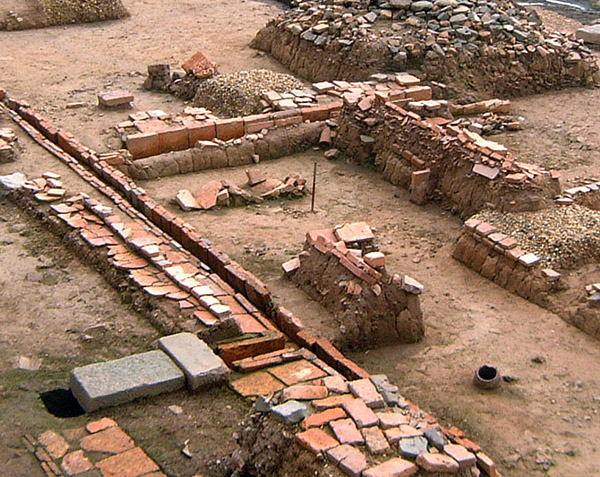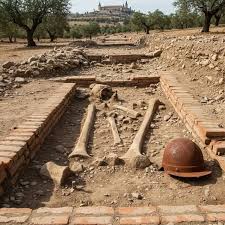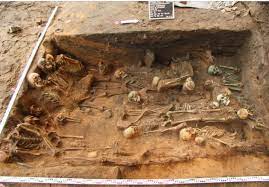Colossal Remains Unearthed—Hidden Chapter of History
The headline “Colossal Remains Unearthed—Hidden Chapter of History” is a dramatic claim that often points to a sensationalized or fictional story, as the idea of “colossal” human remains is a popular hoax. There have been no credible archaeological discoveries of giant human skeletons. However, the world of archaeology is full of genuine discoveries of colossal remains and structures that have indeed unveiled hidden chapters of history.

One of the most powerful examples of this is the discovery of the Terracotta Army in Xi’an, China. While not human “remains,” this colossal collection of over 8,000 life-sized clay soldiers, horses, and chariots was a silent army buried with China’s first emperor, Qin Shi Huang, over 2,200 years ago. The discovery was a complete revelation, as there were no historical texts describing the army’s existence. The meticulously crafted figures, each with unique facial features, gave archaeologists an unprecedented glimpse into the military power, artistic sophistication, and imperial ambition of the Qin Dynasty, effectively revealing a hidden chapter of ancient Chinese history that was previously unknown.

In another context, the discovery of colossal animal remains has been just as revolutionary. The paleontological finds in the deserts of Patagonia, for example, have unearthed the remains of the largest land animals to have ever lived, including the Patagotitan mayorum. At over 37 meters long and weighing an estimated 69 tons, the skeleton of this colossal sauropod has given scientists a new understanding of the scale of life during the Cretaceous period. These real, verifiable discoveries—whether of ancient armies or ancient dinosaurs—are far more compelling than the fictional tales of giant human skeletons and are what truly continue to add to our understanding of the planet’s past.
